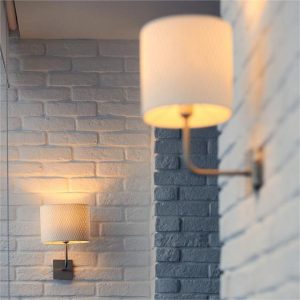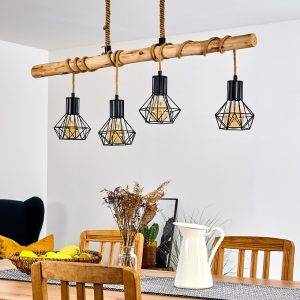
Warm and Cool Wood Wall Colors

Warm and cool woods have been a big trend lately, and you can get both if you want. However, if you want to be on the safe side, go with neutral tones and avoid dark wood. Medium brown woods are a good alternative if you want a lighter hue. The trick is to find one that suits your home’s style.
Neutrals
Warm neutrals are a great choice for the walls and floors of your home, particularly if you have traditional wood furnishings. They add a richness and complement a wide range of warm wood tones. Tan and beige are also great choices, as they add warmth and depth to light neutrals. These neutrals are having a moment in 2022 and are a great choice for the walls of your home.
You can find a variety of ways to dress up neutral walls and floors, including incorporating a rug with a pattern. If you are working with an existing space, you may want to consider a neutral color scheme, and a bright pop of color to make the space more visually interesting. You can also use textures to add interest.
Cool hues
If you want to complement a wood floor with a wall color, consider using a cool hue. Cool hues can bring out the tones of light wood. They are also subtle and flexible. The following is a color guide that can help you decide which color is right for your wood floors.
The first step is to determine the wood’s tone. Warmer hues will emphasize its tone. Cool hues will give a more balanced effect. You can also choose a cool tone instead of a warm one. Warm colors tend to feel more inviting, while cool tones can create a soothing, sleek atmosphere.
Dark woods
Dark Warm Woods is a deep warm greige with an earthy undertone. This neutral wood tone is the perfect choice for exterior paint jobs. It pairs well with just about any other color and any substrate. It is a versatile choice for interiors and exteriors. To get the most from this color, think about how you can use it.
When pairing dark wood with a light color, consider how the color of the walls will complement the wood. Light colors will highlight the wood’s natural undertones, while cool shades will serve as a background for accent colors.
Medium brown woods
Medium brown woods have a rich, warm look. They are characterized by their natural imperfections and movement, making each piece unique. These characteristics make them ideal focal points in your home. You can use these materials to create an airy, relaxed atmosphere. These warm woods look great with a variety of complementary colors.
Medium brown woods come in a range of colors. Some are reddish brown while others are light or dark. These woods will have subtle or pronounced color variations. For instance, redwood is usually reddish brown.
White furniture
A white piece of furniture with light, warm wood floors makes a breezy, casual feel in your home. White pieces can also be anchored by neutral rugs to bring a pop of color. Mixing wood floors and wood finishes is totally acceptable, though you may want to avoid highly polished wood floors in your home. Wood floors look great with rustic pieces, too.
The most common wood color is brown. Although brown is considered neutral, it often goes well with warm colors. Moreover, “warm browns” are typically used in conjunction with autumn-colored decor.
Pure white walls
A modern living room can make a dramatic style statement with pure white walls and warm wood accents. This color scheme works well with a variety of decors, from traditional to modern. Choose a color that complements the style of your home. You can also choose a cool color to complement the warm wood.
When choosing a color for your walls, consider your lifestyle and the kind of family you have. A family with kids and a dog will most likely need to keep the walls clean and free from stains. A family with young children may need to delay painting white walls until they’re a bit older. During this time, you should try to avoid painting the walls, but if that’s not an option, you can still go with this look.
Custom woods
There are many beautiful custom wood materials that can help bring any room to life. Walnut, for example, is a durable wood with a fine yet open grain and unique patterns. Its coloration varies from a light brown to a bold chocolate brown, and its natural flaws and imperfections make this wood ideal for interior doors, kitchen cabinets, and running trim.


